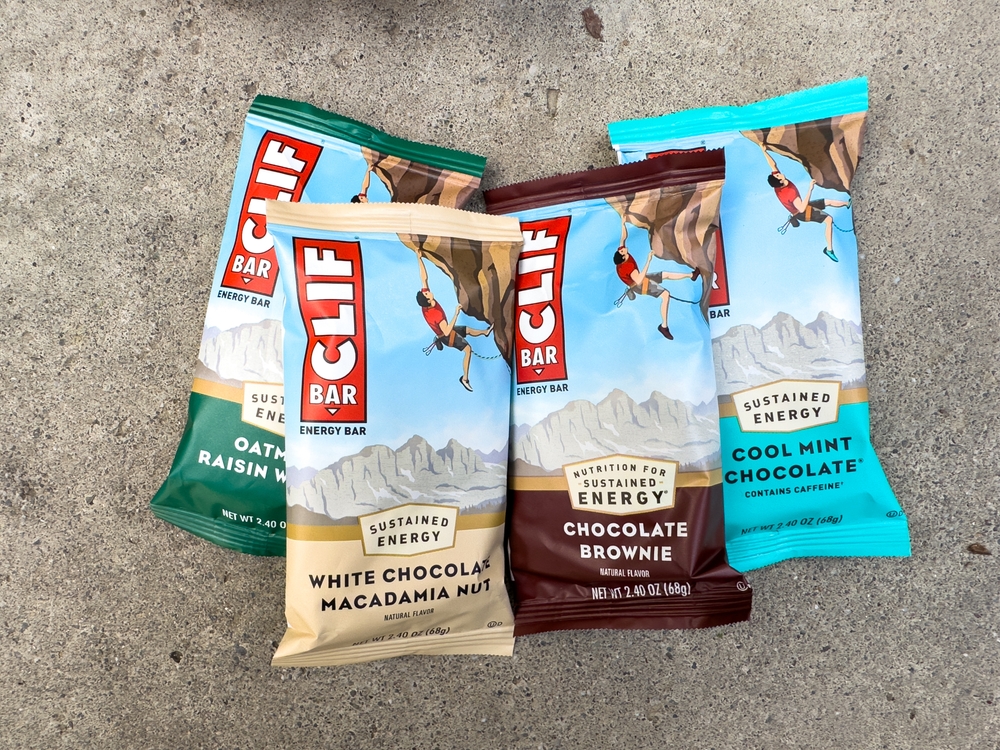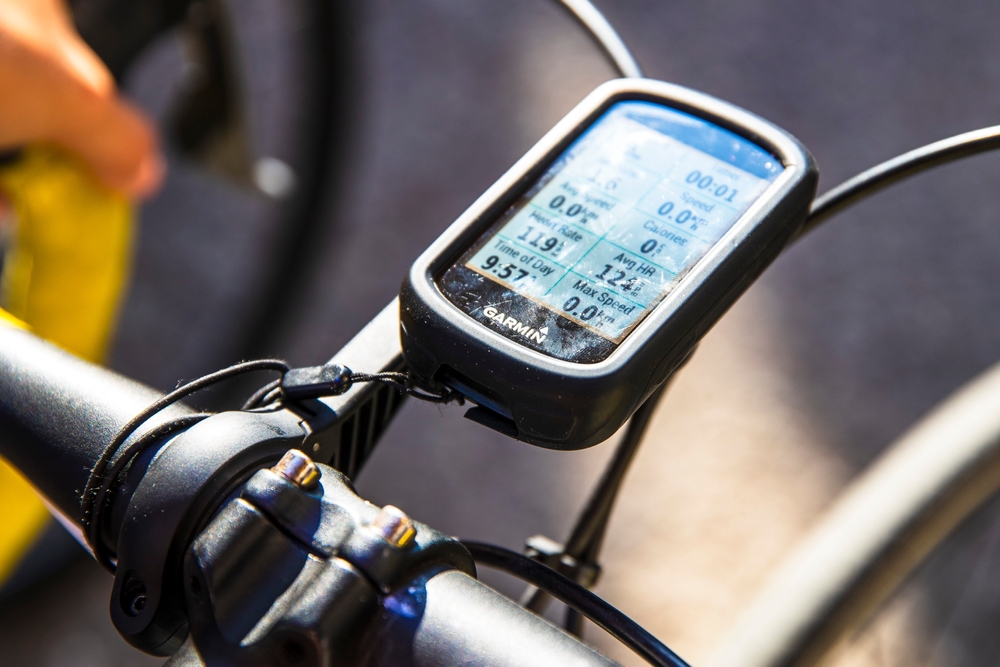Find the best Bike Helmets for safety and comfort. Explore top-rated road, mountain, and commuter helmets with MIPS, ventilation, and lightweight designs.
Table of Contents
Best Bike Helmet

Choosing the right bike helmet is crucial for both safety and comfort. There are several factors to consider including fit, materials, and specific use cases. Let’s dive into what makes a bike helmet the best choice for you.
Types of Bike Helmets
Bike helmets come in various types, each suited for different riding styles:
- Road Bike Helmets: Lightweight and aerodynamic, ideal for long-distance and performance cycling.
- Mountain Bike Helmets: More robust with better coverage, good for off-road and rough terrains.
- Commuter Helmets: Versatile and often designed with urban riders in mind, featuring built-in lights or visors.
- Full-Face Helmets: Provide complete protection, essential for downhill mountain biking or BMX.
- Kids’ Helmets: Smaller sizing and often more colorful, designed for safety with youth-specific features.
Key Factors to Consider
Safety Standards
All reputable bike helmets should meet safety standards such as CPSC (Consumer Product Safety Commission) in the US or EN 1078 in Europe. Look for certification labels when purchasing.
Fit and Comfort
A helmet should fit snugly without being too tight. Most helmets come in different sizes, and many offer adjustable straps, retention systems, and padding to fine-tune the fit. It’s essential to try on multiple helmets to find one that feels right.
Ventilation
Good ventilation keeps you cool during rides. Road helmets often have extensive venting systems, while mountain bike helmets balance ventilation with protection. More vents generally mean better airflow, but helmet shape and design also play a significant role.
Weight
A lighter helmet reduces strain on your neck on long rides. Road cycling helmets tend to be lighter, while mountain biking and commuter helmets might weigh a bit more due to added features and protection.
Materials
- Shell: Usually made from polycarbonate or other strong plastics, designed to protect against impacts.
- Liner: Commonly made from EPS (Expanded Polystyrene) foam, which absorbs impact energy.
- MIPS (Multi-directional Impact Protection System): An additional layer that can reduce rotational forces on the brain during impacts.
Popular Helmet Brands
Several brands are well-regarded in the cycling community for their innovative and reliable products:
Giro
Giro offers a wide range of helmets for all types of cycling. Known for combining style with functionality, they often incorporate MIPS technology and boast excellent ventilation systems. The Giro Synthe and Aether MIPS are standout models.
Bell
Another leading brand, Bell produces durable and safety-focused helmets. Their mountain and commuter options are particularly strong, with the Bell Super Air R and Bell Sixer being popular choices. They also utilize MIPS technology in many models.
Smith
Smith helmets are appreciated for their modern designs and innovative features. Many models come with Koroyd, a honeycomb-like material that improves crash protection and ventilation. The Smith Trace and Smith Forefront 2 are notable models in their lineup.
Specialized
Specialized makes helmets noted for their high performance and comfort. They often include features like ANGi crash sensor and advanced fit systems. The Specialized Prevail II and Ambush are popular picks.
POC
POC blends safety with Scandinavian design elegance. Their helmets stand out with robust construction and cutting-edge safety features, like the POC Octal and Tectal.
Special Features
Many helmets come with additional features for enhanced functionality:
Integrated Lights
Some commuter helmets feature built-in LED lights for better visibility in low-light conditions. Brands like Lumos have helmets designed specifically with integrated lighting.
Visors
Mountain bike helmets often include visors to shield the eyes from the sun and debris. Removable visors provide flexibility for diverse riding conditions.
Crash Sensors
Advanced helmets may come with crash sensors that can alert emergency contacts in case of an accident. Specialized’s ANGi device is an example of this innovation.
Price Ranges and What to Expect
Helmets are available across various price points:
- Budget ($30-$60): Basic protection and limited features. Decent for casual riders.
- Mid-Range ($70-$150): Better materials, comfort, and added features. Suitable for regular cyclists.
- High-End ($160+): Premium materials, advanced safety features, and top-tier comfort. Ideal for avid cyclists and racers.
Maintenance Tips
Maintaining your helmet ensures longevity and reliability:
- Regularly inspect for cracks, damage, or wear.
- Replace helmets after significant impacts, even if no damage is visible.
- Clean with mild soap and water, avoiding harsh chemicals that can damage materials.
- Store helmets in a cool, dry place away from direct sunlight.
Choosing the best bike helmet involves considering your riding style, safety standards, fit, and additional features. Prioritize safety and comfort to enhance your cycling experience.






